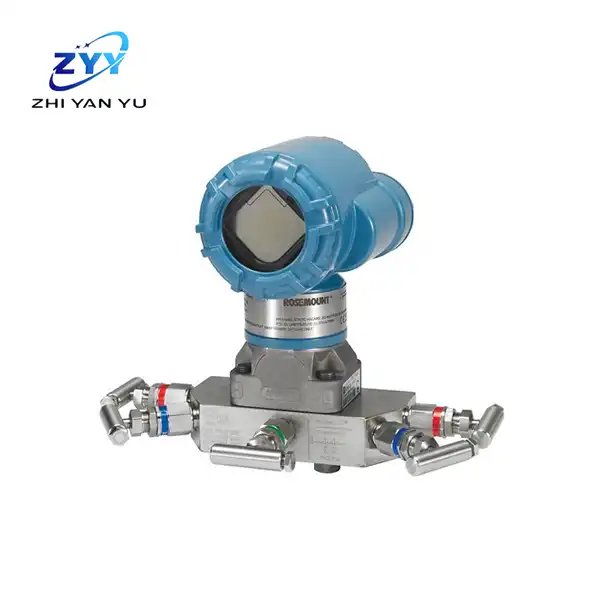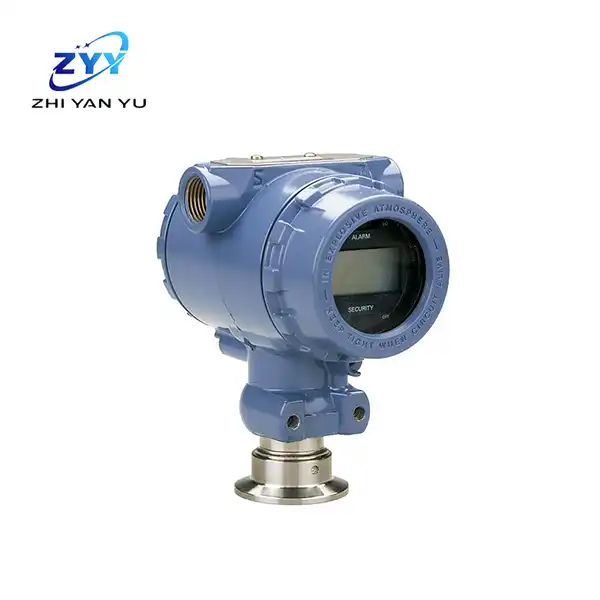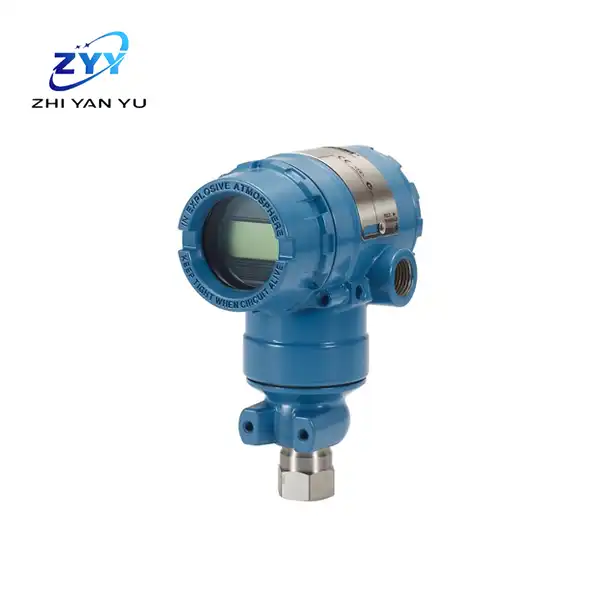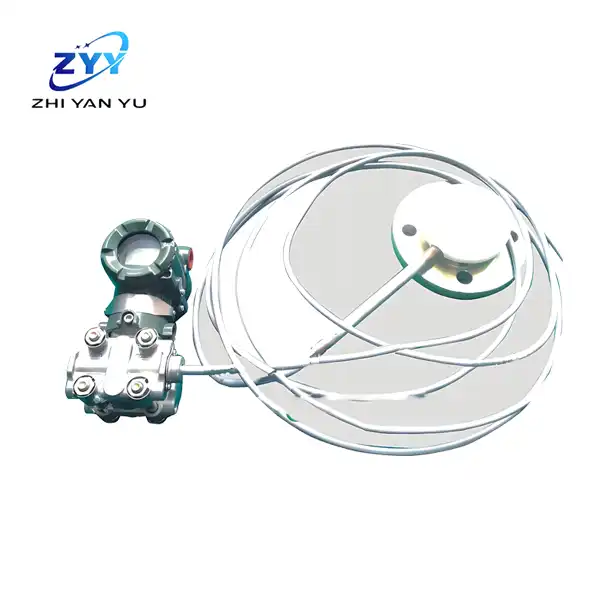- English
- French
- German
- Portuguese
- Spanish
- Russian
- Japanese
- Korean
- Arabic
- Greek
- German
- Turkish
- Italian
- Danish
- Romanian
- Indonesian
- Czech
- Afrikaans
- Swedish
- Polish
- Basque
- Catalan
- Esperanto
- Hindi
- Lao
- Albanian
- Amharic
- Armenian
- Azerbaijani
- Belarusian
- Bengali
- Bosnian
- Bulgarian
- Cebuano
- Chichewa
- Corsican
- Croatian
- Dutch
- Estonian
- Filipino
- Finnish
- Frisian
- Galician
- Georgian
- Gujarati
- Haitian
- Hausa
- Hawaiian
- Hebrew
- Hmong
- Hungarian
- Icelandic
- Igbo
- Javanese
- Kannada
- Kazakh
- Khmer
- Kurdish
- Kyrgyz
- Latin
- Latvian
- Lithuanian
- Luxembou..
- Macedonian
- Malagasy
- Malay
- Malayalam
- Maltese
- Maori
- Marathi
- Mongolian
- Burmese
- Nepali
- Norwegian
- Pashto
- Persian
- Punjabi
- Serbian
- Sesotho
- Sinhala
- Slovak
- Slovenian
- Somali
- Samoan
- Scots Gaelic
- Shona
- Sindhi
- Sundanese
- Swahili
- Tajik
- Tamil
- Telugu
- Thai
- Ukrainian
- Urdu
- Uzbek
- Vietnamese
- Welsh
- Xhosa
- Yiddish
- Yoruba
- Zulu
How Does a Temperature Transmitter Work?
2024-07-01 14:06:59
Temperature transmitters play a crucial role in industrial processes by converting the signal from temperature sensors into standardized instrumentation signals. This blog will explore the working principles, types, and applications of temperature transmitters, with a specific focus on the Rosemount 644 model.
What is the Working Principle of a Temperature Transmitter?
Temperature transmitters are devices used to convert the signal from temperature sensors like thermocouples, RTDs (Resistance Temperature Detectors), and thermistors into a standard output signal, usually 4-20 mA. This standardization allows the temperature data to be easily processed and used for control and monitoring purposes in various industrial applications.
Conversion Process
A temperature transmitter works by receiving a low-level signal from a temperature sensor. The transmitter amplifies this signal, linearizes it (converts it into a direct proportion), and converts it into a standardized output signal. For instance, the Rosemount 644 transmitter supports a variety of sensor inputs, including 2-, 3-, and 4-wire RTDs, thermocouples, and millivolt signals, and converts them to a 4-20 mA output.
The process begins with the temperature sensor, which generates a signal based on the temperature it measures. This signal is often in the form of a small voltage or resistance change. The temperature transmitter then processes this signal through a series of steps:
Amplification: The initial signal from the sensor is typically very weak. The transmitter amplifies this signal to a higher level that can be more easily processed.
Linearization: The amplified signal is linearized to ensure that the output is directly proportional to the temperature. This is important because many temperature sensors do not have a linear response to temperature changes.
Conversion: The linearized signal is then converted into a standard output format. The most common format is the 4-20 mA signal, which is widely used in industrial settings due to its robustness and reliability.
Benefits of 4-20 mA Signals
The 4-20 mA signal is preferred because it is less susceptible to signal loss over long distances compared to voltage signals. Additionally, the 4 mA baseline ensures that the loop is always live, allowing for quick fault detection. This continuous current loop also provides a built-in error detection feature; if the loop current falls below 4 mA, it indicates a problem with the sensor or wiring.
Noise Immunity and Distance
Another significant advantage of the 4-20 mA current loop is its immunity to electrical noise, which is essential in industrial environments where electromagnetic interference (EMI) can be a problem. The current loop can travel long distances without significant signal degradation, ensuring accurate and reliable temperature measurements even in large facilities.
Why Choose a Rosemount 644 Temperature Transmitter?
The Rosemount 644 is a popular choice due to its versatility, reliability, and advanced features. Here are a few reasons why it stands out:
Advanced Diagnostics
The Rosemount 644 features advanced diagnostics that help in maintaining the health of the measurement system. It can identify issues like sensor degradation or wiring problems, which helps in proactive maintenance and minimizes downtime. These diagnostics can alert operators to potential issues before they lead to system failures, thereby enhancing the overall reliability of the temperature measurement system.
Versatile Configuration
This model supports various communication protocols such as HART, FOUNDATION Fieldbus, and Profibus, making it highly adaptable to different control systems. It also offers a wide range of configurable parameters, allowing customization for specific application needs. The flexibility in configuration means that the Rosemount 644 can be tailored to meet the exact requirements of diverse industrial processes.
High Accuracy and Stability
The Rosemount 644 provides high measurement accuracy and stability, which is crucial in maintaining process control and ensuring product quality. Its robust design ensures reliable performance in harsh industrial environments. The high accuracy is achieved through advanced sensor technology and precise signal processing, making it ideal for applications where precise temperature control is critical.
Digital Communication
The Rosemount 644 also supports digital communication, allowing for easy integration with modern control systems. Digital communication enables remote configuration and monitoring, reducing the need for manual intervention and making it easier to manage multiple transmitters from a central location.
Reliability in Harsh Conditions
The design of the Rosemount 644 ensures reliable operation in extreme temperatures, high vibration environments, and corrosive conditions. This durability makes it suitable for use in demanding industrial applications such as chemical processing, oil and gas, and power generation.
How to Calibrate a Temperature Transmitter?
Calibration is essential to ensure that the transmitter's output accurately represents the temperature range being measured. The process involves adjusting the transmitter to match the output signal to known temperature points.
Steps for Calibration
Set the Zero Point: For a known low-temperature point, adjust the transmitter to output 4 mA. This involves connecting the transmitter to a reference source and adjusting the zero setting until the output matches the reference.
Set the Span: For a known high-temperature point, adjust the transmitter to output 20 mA. Similar to setting the zero point, this requires adjusting the span setting to ensure the output corresponds to the high reference temperature.
Verification: Use a simulator to provide known resistance or voltage values corresponding to the temperature points and verify the transmitter's output. This step ensures that the transmitter is accurately measuring and converting the temperature signals across the entire range.
Manual vs. Digital Calibration
Older transmitters required manual adjustments using potentiometers, while newer models like the Rosemount 644 can be calibrated using software via a USB or wireless connection. Digital calibration offers several advantages:
Precision: Software-based calibration allows for more precise adjustments compared to manual methods.
Ease of Use: Calibration can be performed quickly and easily, reducing downtime and labor costs.
Record Keeping: Calibration data can be logged and stored for future reference, ensuring compliance with industry standards and regulations.
Regular Maintenance
Regular calibration and maintenance are crucial for ensuring long-term accuracy and reliability. Periodic checks and adjustments help in identifying any drift in measurements and maintaining optimal performance.
What Are the Applications of Temperature Transmitters?
Temperature transmitters are used across various industries to ensure precise temperature monitoring and control. Some key applications include:
Chemical and Petrochemical Industries
In these industries, temperature transmitters are used to monitor and control temperatures in reactors, distillation columns, and storage tanks. Accurate temperature control is crucial for safety and efficiency. For example, in chemical reactions, precise temperature control ensures optimal reaction rates and product quality. In distillation processes, maintaining the correct temperature is essential for separating components effectively.
Food and Beverage Industry
Temperature control is vital during cooking, cooling, and fermentation processes to ensure product quality and safety. Temperature transmitters provide the necessary data for these controls. For instance, in brewing, maintaining the correct fermentation temperature is essential for producing high-quality beer. Similarly, in dairy processing, accurate temperature control during pasteurization is critical for ensuring product safety.
HVAC Systems
In heating, ventilation, and air conditioning systems, temperature transmitters help maintain optimal indoor climate conditions, improving energy efficiency and comfort. Temperature transmitters are used to monitor and control air and water temperatures, ensuring that HVAC systems operate efficiently and provide a comfortable environment.
Power Generation
In power plants, temperature transmitters are used to monitor and control the temperature of steam, coolant, and other critical fluids. Precise temperature control is essential for optimizing efficiency and preventing damage to equipment. For example, in nuclear power plants, temperature transmitters are used to monitor reactor coolant temperatures, ensuring safe and efficient operation.
Pharmaceutical Industry
Temperature transmitters are used in pharmaceutical manufacturing to monitor and control temperatures during the production of drugs and vaccines. Accurate temperature control is crucial for maintaining product quality and compliance with regulatory standards. For example, in bioreactors, precise temperature control ensures optimal growth conditions for microorganisms used in drug production.
Future Trends in Temperature Transmitter Technology
As technology advances, temperature transmitters are becoming more integrated with the Internet of Things (IoT) and Industry 4.0. This integration enables enhanced data analytics, predictive maintenance, and improved process efficiency. Future trends include miniaturization, enhanced communication protocols, and the development of more accurate and versatile sensing technologies.
IoT Integration
The integration of temperature transmitters with IoT enables real-time data collection and analysis, providing valuable insights into process performance. This connectivity allows for remote monitoring and control, improving operational efficiency and reducing the need for on-site personnel.
Predictive Maintenance
Advanced diagnostics and data analytics enable predictive maintenance, identifying potential issues before they lead to equipment failure. This proactive approach helps in minimizing downtime and maintenance costs, ensuring continuous and efficient operation.
Enhanced Communication Protocols
Future temperature transmitters will support more advanced communication protocols, enabling seamless integration with other industrial systems. These protocols will provide faster data transmission, improved security, and greater flexibility in system design.
Miniaturization and Versatility
Ongoing advancements in sensor technology will lead to smaller and more versatile temperature transmitters. These compact devices will be easier to install in tight spaces and offer greater flexibility in various applications.
Improved Accuracy and Stability
Future temperature transmitters will feature enhanced accuracy and stability, driven by advancements in sensor materials and signal processing techniques. These improvements will enable more precise temperature control, benefiting critical applications in industries such as pharmaceuticals, power generation, and chemical processing.
Conclusion
Temperature transmitters like the Rosemount 644 are indispensable tools in modern industrial processes. Their ability to convert sensor signals into standardized output signals ensures accurate temperature monitoring and control, contributing to process efficiency, safety, and product quality. With advancements in technology, the future of temperature transmitters looks promising, offering enhanced features, improved accuracy, and greater integration with digital systems.
For more information on temperature transmitters or to inquire about specific products, please contact us at lm@instrument.com.
References
Instrumentation Toolbox - How a Temperature Transmitter Works
RealPars - Temperature Transmitter Explained
Dubai Sensor - What is a Temperature Transmitter?
Ontarose - Guide to Temperature Transmitters
Omega - Temperature Transmitters: Theory and Application
Lorentzzi - Temperature Transmitter: A Comprehensive Explanation
Jumo - Temperature Transmitter: Definition, Principle of Operation, Types
Emerson - Rosemount 644 Manual
Pyrosales - Temperature Sensors vs Temperature Transmitters
Endress+Hauser - Temperature Transmitters
YOU MAY LIKE

Rosemount 2051CD Coplanar Pressure Transmitter

Rosemount 2090F Sanitary Pressure transmitter

Rosemount 3051TA Absolute Pressure Transmitter

Rosemount ™ 2051TA Direct Connection Absolute Pressure Transmitter

